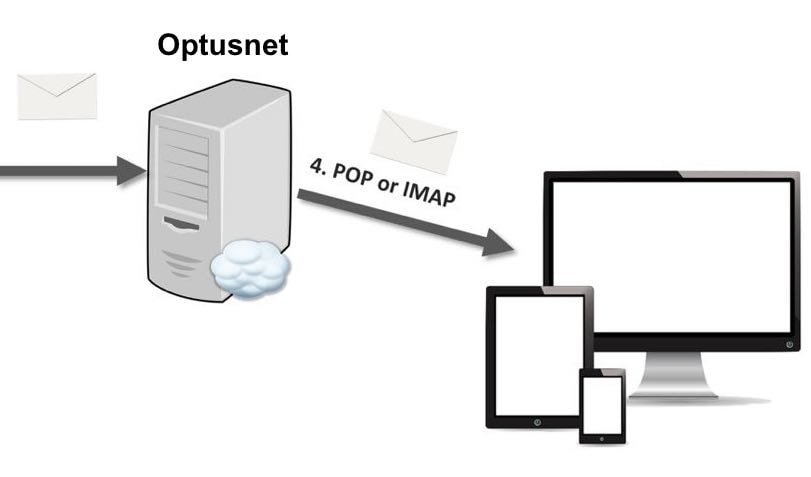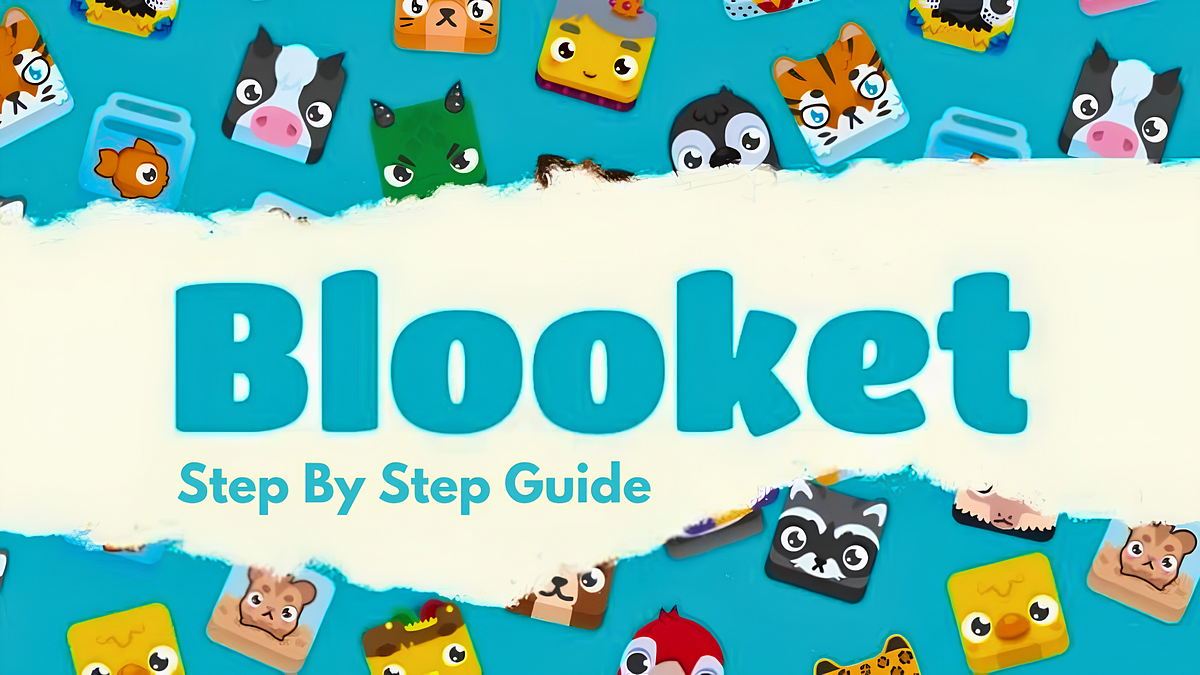Nail care for your dog is an important aspect of routine grooming. Overgrown nails can cause discomfort, and pain, and even lead to health issues. However, many dog owners feel anxious or uncertain about nail trimming, fearing that they might hurt their furry friends. With the right approach, you can safely and effectively trim your dog’s nails at home without causing any harm. In this article, we will guide you through the process of properly trimming your dog’s nails, step by step, while keeping them comfortable and relaxed.
How to Trim Your Dog’s Nails Correctly and Painlessly
Understanding the Importance of Nail Care
Before delving into the process of trimming your dog’s nails, it’s crucial to understand why nail care is important for their overall well-being. Long nails can result in several problems, including:
- Pain and Discomfort: Overgrown nails can press against the dog’s paw pads, leading to pain and discomfort while walking or standing.
- Ingrown Nails: If nails become too long, they may curl and grow into the dog’s paw pads, causing pain, swelling, and even infections.
- Unnatural Gait: Dogs with excessively long nails often alter their gait to compensate for the discomfort, which can lead to skeletal issues over time.
- Damage to Furniture and Floors: Untrimmed nails can scratch and damage furniture, flooring, and other surfaces in your home.
Gathering the Right Tools
To properly trim your dog’s nails, you’ll need the following tools:
1. Nail Clippers: Choose nail clippers specifically designed for dogs. There are two types: guillotine-style clippers and scissor-style clippers. Select the one that feels most comfortable for you and your dog.
2. Styptic Powder or Cornstarch: Accidental nail bleeding can occur, so it’s essential to have a styptic powder or cornstarch on hand to quickly stop the bleeding.
3. Treats and Positive Reinforcement: Prepare some tasty treats to reward your dog for their cooperation and to create a positive association with the nail trimming process.
Preparing Your Dog for Nail Trimming
Before starting the nail trimming session, it’s crucial to prepare your dog and create a calm environment:
1. Get Your Dog Familiar with Handling: Gradually introduce your dog to having their paws touched and held. Offer treats and praise to associate these actions with positive experiences.
2. Choose the Right Time: Pick a time when your dog is relaxed and not overly energetic. Avoid trimming their nails when they are tired, anxious, or right after a meal.
Step-by-Step Nail Trimming Process
Follow these steps to safely trim your dog’s nails:
1. Familiarize Your Dog with the Clippers: Let your dog sniff and investigate the nail clippers before proceeding. Give them treats and compliments as rewards to establish a good association.
2. Gradual Introduction to Nail Trimming: Begin by trimming just one nail during each session to avoid overwhelming your dog. Increase the number gradually as they become more comfortable.
3. Locate the Quick: The quick is a sensitive, pink area within the nail that contains blood vessels and nerves. Be cautious not to cut into the quick, as it can be painful and cause bleeding. In dogs with light-coloured nails, the quick is often visible, while in dark-coloured nails, it may be harder to see.
4. Make the Cut: Hold the clippers at a 45-degree angle, avoiding cutting straight across. Cut a small portion of the nail, avoiding the quick. If unsure, it’s better to trim a small amount at a time.
5. Monitor Your Dog’s Reaction: Watch for signs of discomfort, such as whimpering, pulling away, or showing signs of stress. If your dog becomes too anxious or distressed, take a break and try again later or seek professional help.
6. Use Treats and Positive Reinforcement: Offer treats and praise after each successful nail trimming to reward your dog and reinforce positive behaviour. This will enable them to connect the procedure with satisfying memories.
7. Be Prepared for Accidental Bleeding: In case you accidentally cut quickly and bleeding occurs, remain calm. Apply styptic powder or cornstarch to the nail to stop the bleeding. Maintain gentle pressure for a few seconds until the bleeding stops.
Additional Tips and Considerations
Here are some additional tips to ensure a successful nail-trimming experience:
1. Regularity: Trim your dog’s nails regularly, aiming for once every two to four weeks. This will help keep them at a manageable length and prevent overgrowth.
2. Gradual Length Reduction: If your dog’s nails are significantly long, trim a small portion every few days until you reach the desired length. This approach minimizes the risk of cutting the quick.
3. Seek Professional Help if Needed: If you feel uncomfortable or nervous about trimming your dog’s nails, or if your dog becomes too anxious during the process, consult a professional groomer or a veterinarian for assistance.
4. Stay Calm and Patient: Dogs can sense your emotions, so it’s essential to remain calm and patient throughout the nail trimming process. If you’re anxious or rushed, your dog may become more stressed and resistant.
5. Regular Paw Inspections: Alongside nail trimming, regularly inspect your dog’s paws for any signs of injuries, infections, or abnormal growth. This will help you address any issues promptly.
Conclusion
Properly trimming your dog’s nails is an essential aspect of dog grooming to ensure their comfort, mobility, and overall health. By following the step-by-step guide provided in this article, along with employing positive reinforcement and patience, you can confidently trim your dog’s nails at home without causing them any harm. However, if you still feel uncertain or uncomfortable, it’s always a good idea to seek professional assistance from a trusted pet salon or a veterinarian experienced in grooming. Remember, regular nail care is crucial to prevent discomfort, pain, and potential health issues related to overgrown nails. By incorporating nail trimming into your dog’s grooming routine, you are actively contributing to their well-being and enhancing their quality of life.
You might like to read: Role of Bollards-Public Safety in Abu Dhabi, Dubai




